John Vanderpant (Jan van der Pant) (1884, Alkmaar, Netherlands–1939, Vancouver)
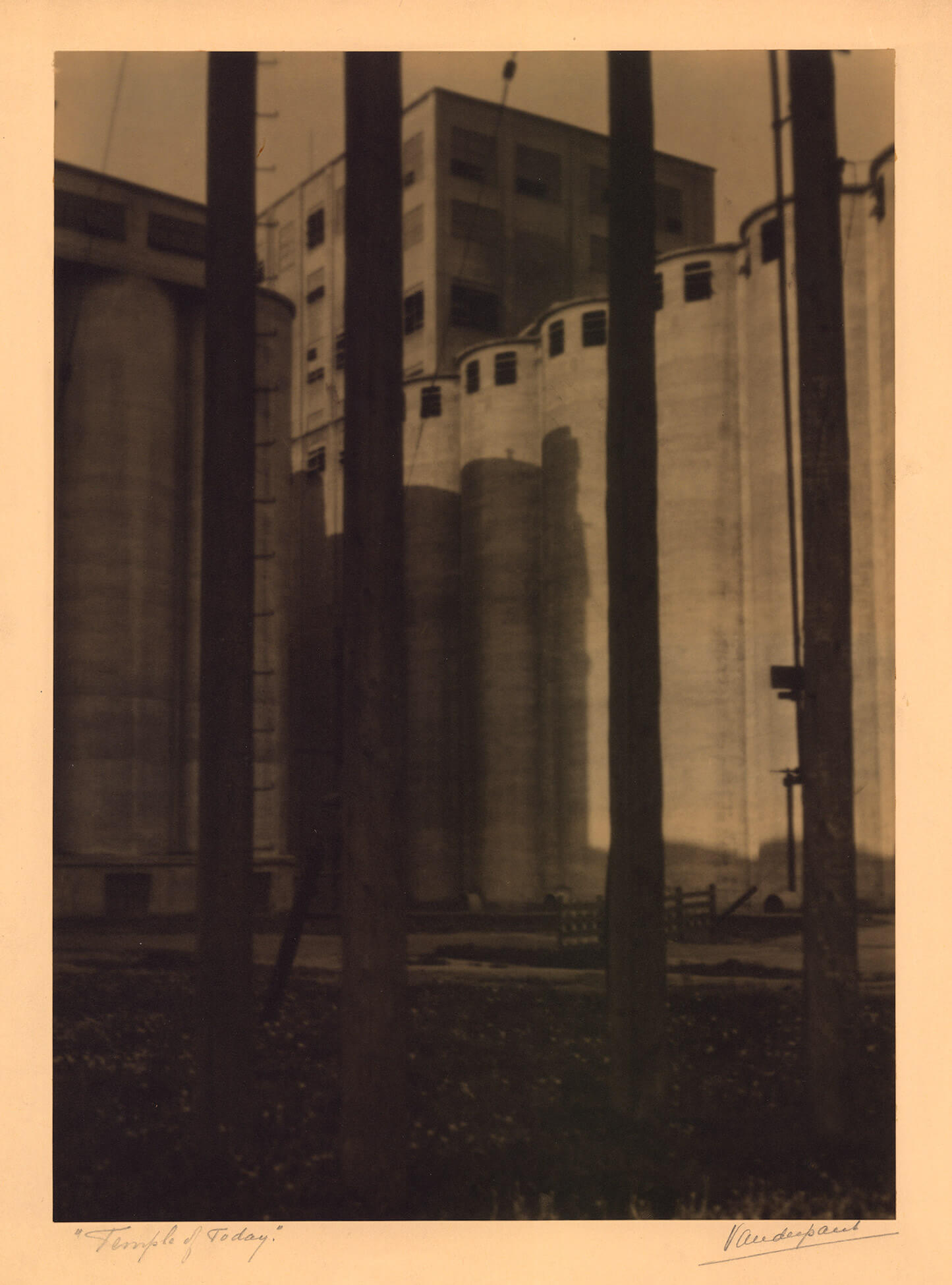
Temples of Today, c.1934
Black and white photo print, image: 30.6 x 42.4 cm; on support: 40.5 x 50.6 cm
Library and Archives Canada, Ottawa
John Vanderpant’s (1884–1939) Temples of Today, made near the end of his remarkable career, demonstrates his full embrace of modernism. The temples are massive, rounded shapes, but instead of ancient columns, they are industrial grain elevators rendered in stark light and shade and viewed through a screen of poles in the foreground. Images like this one earned Vanderpant great acclaim, including awards, membership in the Royal Photographic Society in Britain, as well as a solo exhibition at the Seattle Art Museum in 1934.
Born and raised in the Netherlands, Vanderpant immigrated to Canada in 1911. He settled first in Alberta, and then in New Westminster, British Columbia, in 1919. Although he had not received formal training in photography, he had already found some success as a photojournalist in the Netherlands. In New Westminster he operated portrait studios specializing in Pictorialist work using soft-focus lenses, matte paper, and silver bromide printing to create rich, evocative portraits.
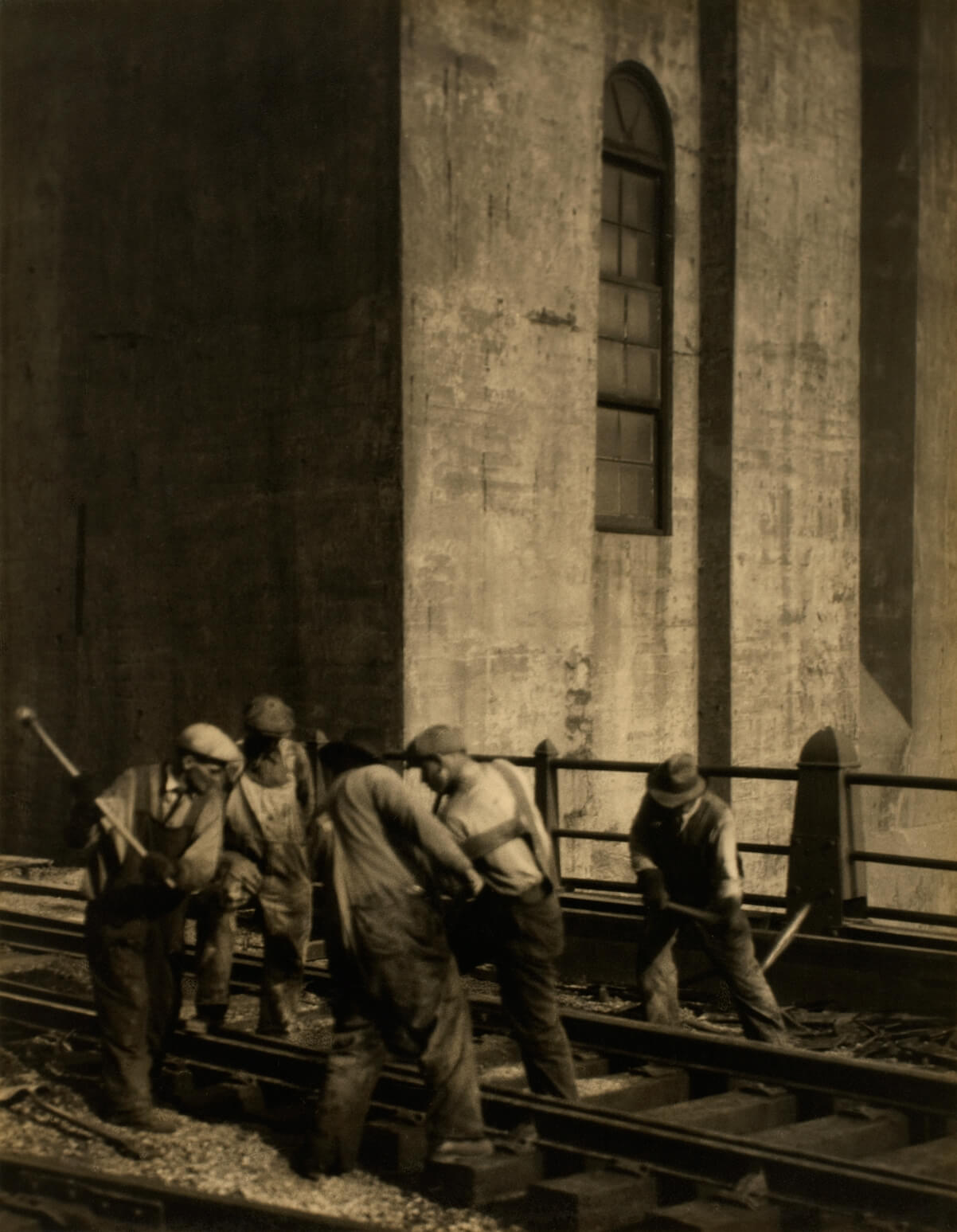
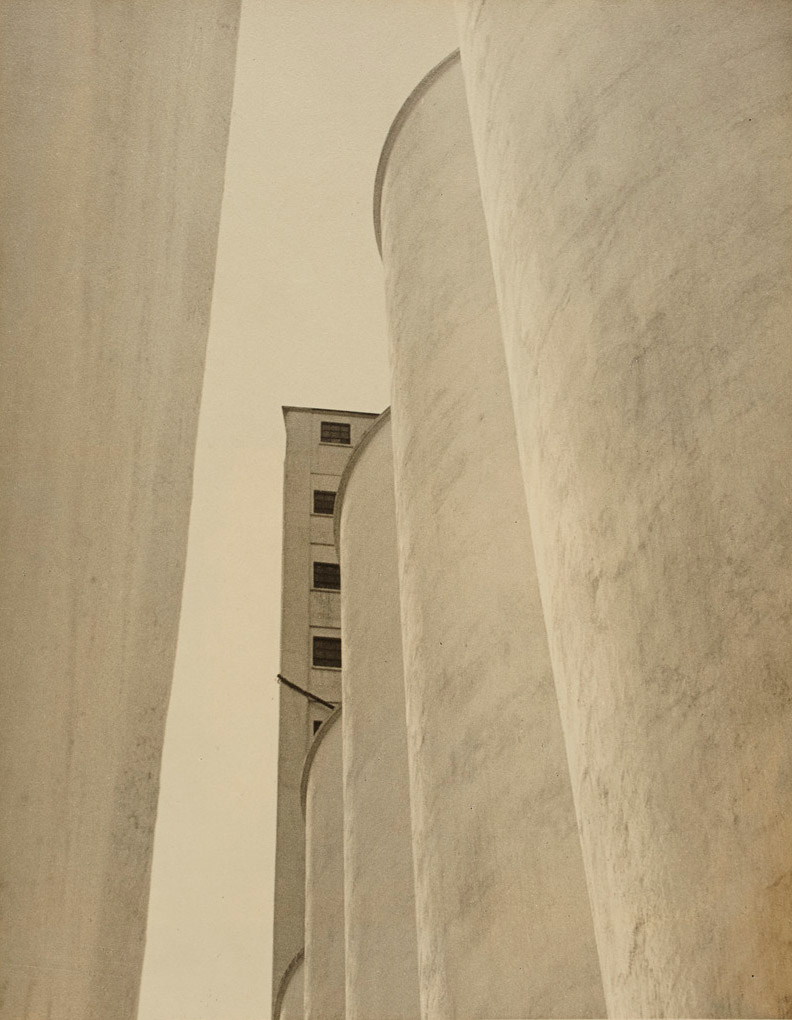
Vanderpant was committed to the artistic potential of photography and actively cultivated the photographic scene in Vancouver, founding both a camera club and an influential salon in New Westminster. He wrote about and lectured on art and photography and submitted his own photographs to exhibitions and journals.
In 1926, he joined forces with fellow photographer Harold Mortimer-Lamb (1872–1970) to establish the Vanderpant Galleries, a studio and exhibition space, but the two parted ways soon after. Under Vanderpant’s direction the Vanderpant Galleries became a showcase for modern art, poetry, and music, frequently featuring local artists such as Emily Carr (1871–1945) and F.H. Varley (1881–1969), with whom he shared an interest in art and spirituality. The Vanderpant Galleries also presented substantive exhibitions of work by famed American modernists Edward Weston (1886–1958) and Imogen Cunningham (1883–1976). Vanderpant enjoyed lengthy correspondence with both these photographers and these international modernist connections may have influenced his stylistic shift away from Pictorialism after 1925.
In 1930, Vanderpant accepted a commission from the Canadian Pacific Railway to photograph along the route from Vancouver to Quebec City—Untitled (Union Station I), 1930, and Builders, c.1930, were taken as part of this project. Archivist Jill Delaney argues that this set of modernist, sometimes almost abstract, images of Canadian architecture can be read as a collective effort in nation building, inviting viewers to see Canada as a dynamic, industrializing, modern nation. Notwithstanding this achievement, Vanderpant’s final years were significantly compromised by poor health and the Depression, and for years his work lay buried. In 1976 a retrospective at the National Gallery of Canada initiated a reassessment of his major contributions to photography and art.

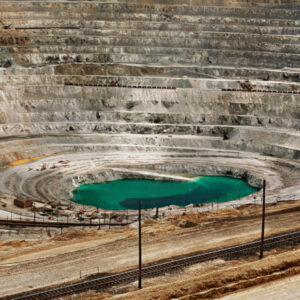 About the Authors
About the Authors
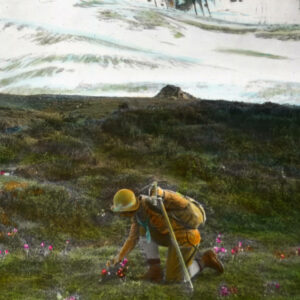 More Online Art Books
More Online Art Books
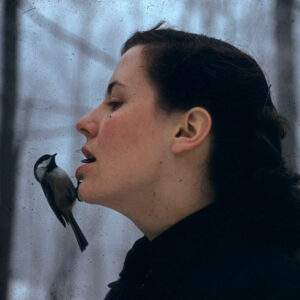 Acknowledgements
Acknowledgements